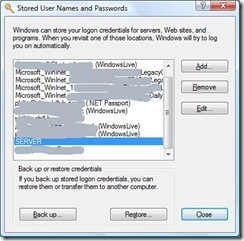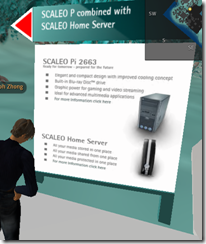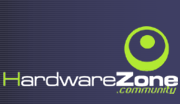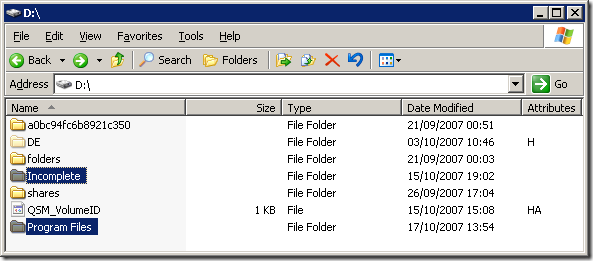By
Philip Churchill on October 19th, 2007
If you have installed Windows Home Server and previously had RC1 installed, or another machine on your network had the same name you are now using for WHS, chances are you might run into the situation where the WHS connector software on the client machine is always telling you that you need to “Update Your Password”. Well, you will soon find out that no matter how many times you update it, the message never goes away. It’s frustrating to say the least, and even when WHS says your password is out of sync with the server, you’ll find you can still access your shares and take backups.
The problem stems from the fact that on at least XP and Vista, Windows will store your credentials. So if before you installed WHS you had another server on your network called “SERVER” then WHS gets confused about the old credentials being stored and no amount of updating your password seems to work.
If you run into this problem, on the client machine giving you problems go to your Start > Run window and type in:
rundll32.exe keymgr.dll, KRShowKeyMgr

This will bring up the stored credentials dialog. Find your WHS name, highlight it and hit remove. Logout of the client machine and then log back in. WHS may ask you to update your password one last time. Go head and do it and now you should notice that the WHS connector client stops falsely informing you that your passwords don’t match.
Guest Writer
Robert Stinnett
www.robertstinnett.com
UPDATE by Philip Churchill – The above did not work for me until I done the following:
————————————————————————————————–
To finish, update your user password one final time through the WHS client:
Log on to the Windows Home Server Console
Click User Accounts
Right click the user and click change password
Type your password twice, even if its the same one!
Click ok
————————————————————————————————–
Some have also had success with the following as well, but only use as a last resort.
On the Client computer go to:
XP: C:\Documents and Settings\All Users\Application Data\Microsoft\Crypto\RSA\MachineKeys
Vista: C:\ProgramData\Microsoft\Crypto\RSA\MachineKeys AND C:\Users\All Users\Microsoft\Crypto\RSA\MachineKeys
and see that the FOLDER AND ALL FILES in it have Full permissions for the Administrators GROUP and SYSTEM account.
![]()







